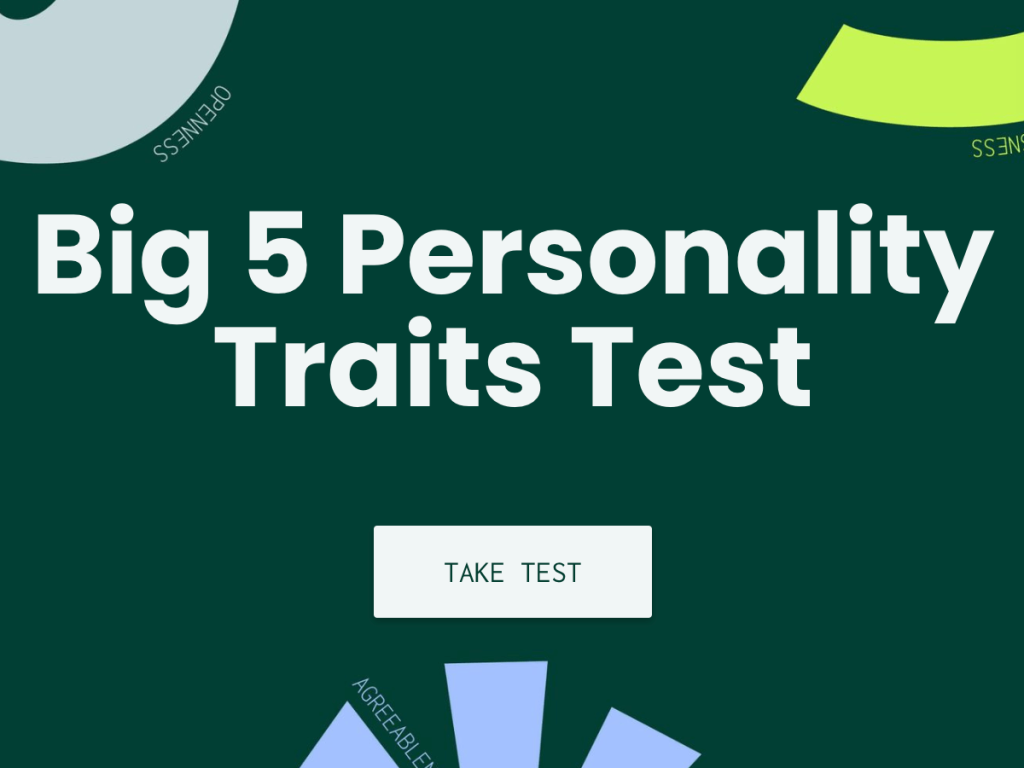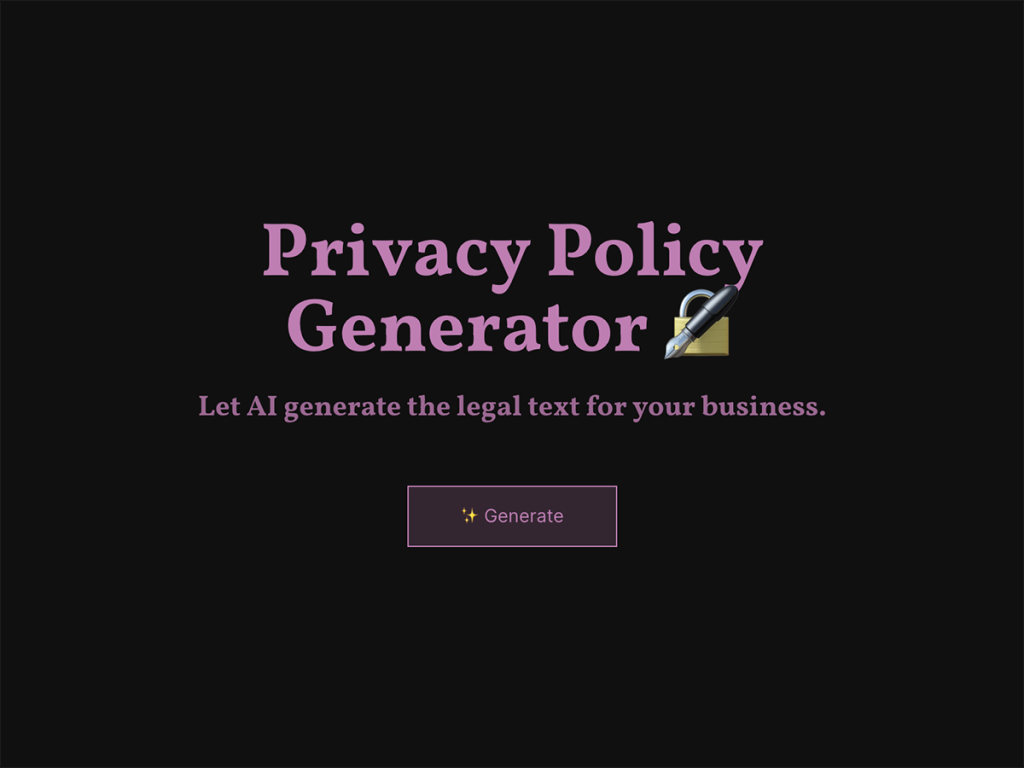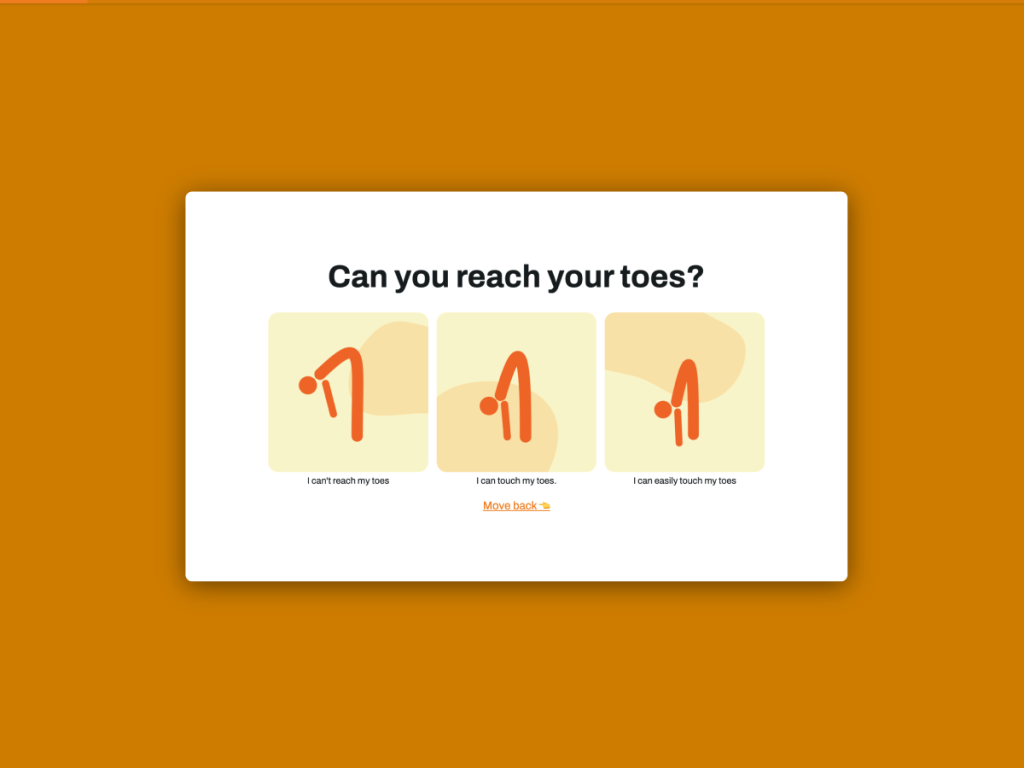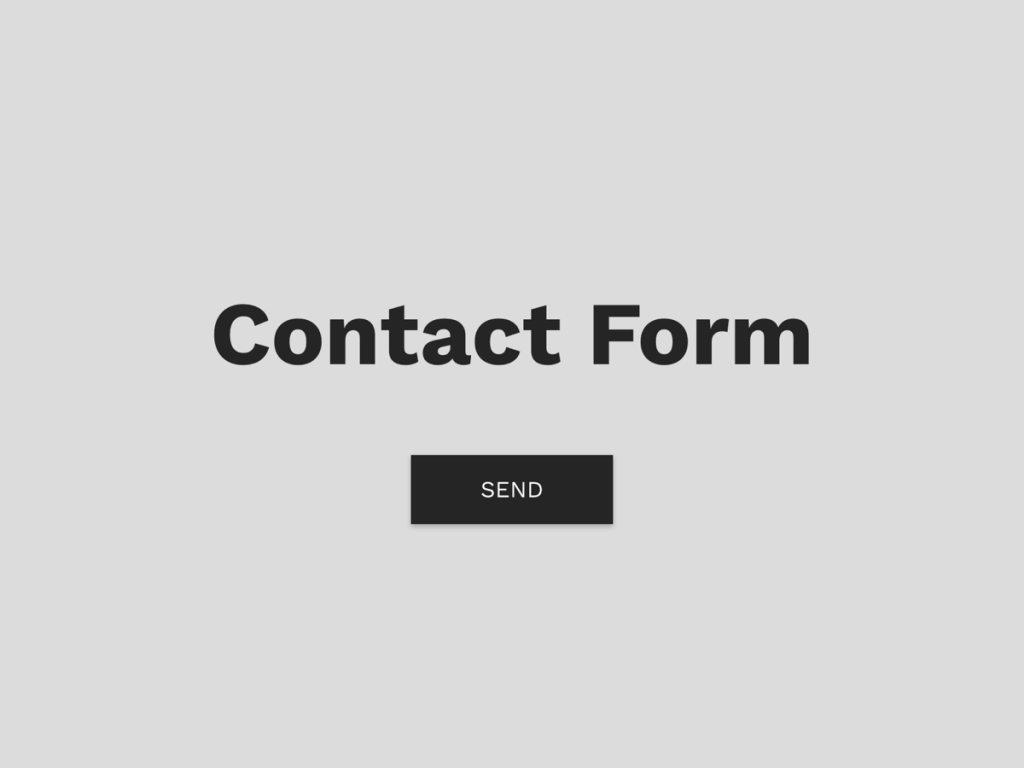Launching your own marketing campaign can feel intimidating at best. From strategy to implementation, there’s a lot to consider, keep up with, and set into motion. In fact, your decisions affect every aspect of your marketing campaign’s success. No pressure right?
Of course, no campaign is perfect. And if this one’s your first, you’re bound to walk away with a lot of marketing lessons.
The key? Understanding these lessons and using them to better inform your campaigns going forward. Live. Learn. Apply what you’ve learned. Repeat.
Let’s take a look at seven key things you should know before launching your own marketing campaign.
1. Who You’re Targeting and Why
You can’t launch a marketing campaign if you don’t know who you’re targeting.
And when it comes to launching a successful marketing campaign in 2025, having access to a comprehensive business intelligence report can make all the difference.
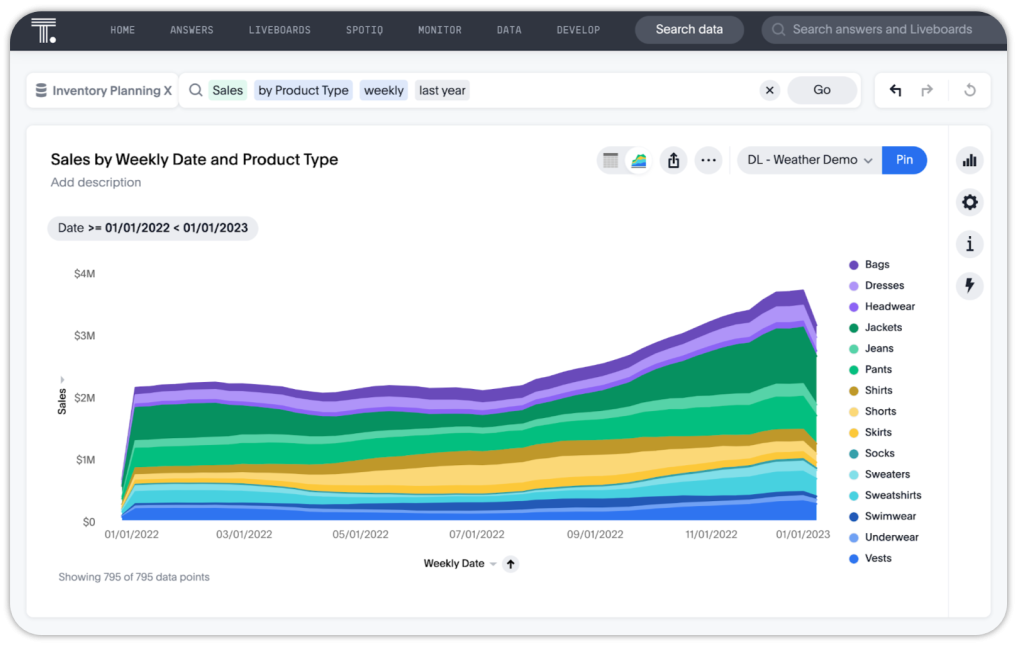
A business intelligence report can provide valuable insights into your audience, industry trends, and competitor behavior, enabling you to understand deep insights about your target market.
This data can help you make more informed decisions so you can choose the right tools and marketing framework for the future.
It’s also important to understand why you’ve chosen your selected target market.
For instance, if you’re targeting stay-at-home parents and caregivers, your “why” could be to help families have access to more convenient healthcare services, such as online doctor visits and prescription deliveries.
Take this tip up a notch by using storytelling to highlight your “why” and build an emotional connection with your audience.
2. Determine the Value of What You’re Offering to Your Target Audience
You’ve chosen your target market because you can help them solve unique problems better than your competitors can.
For instance, if you serve B2B and B2C brands looking to film commercials to promote their products and services, then offering voice talent packages and filmography support could be the “solution”.
To help you and your team keep this question top of mind anytime you create content, consider drawing up a target market pain point versus solution list. Use Google Docs or a Work OS to write and store your docs so you can update it in real-time.
Be sure to also specify how to use this list so your marketing team understands how to apply it during planning and implementation.
3. Your End Goal for the Marketing Campaign
Creating a marketing campaign without an end goal isn’t the best way to start one. And here’s why.
During the planning phase you need to get clear about the top objective for your marketing campaign, and use active language to describe it in detail, like this:
“We want to increase this season’s leather jacket sales by 15% by the end of Q2.”
Or:
“We want to share Madkudu alternatives and comparison guides to help increase our SaaS tool subscriptions by 10% by June 22, 2023.”
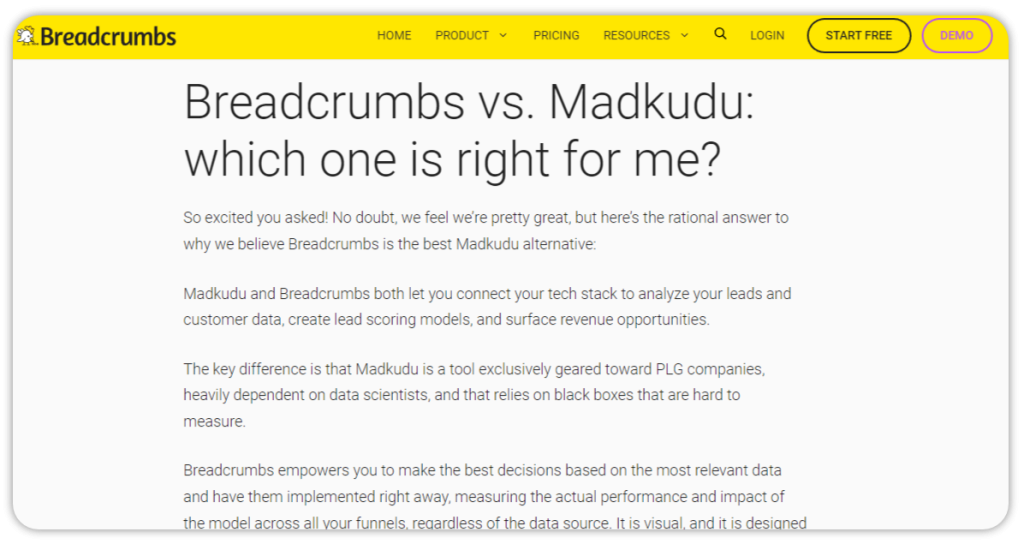
Once you’re clear on your end goal, set mini-goals to help you reach your top objective.
For instance, if you’re looking to promote your latest collection of leather jackets, your mini goals might include:
Month one: Implement an affiliate marketing campaign with the following affiliates: ________, ________, ________
Month two: Implement an influencer marketing campaign with the following influencers: ________, ________, ________
Month three: Implement a lead magnet marketing campaign and add unconverted leads to the follow-up campaign sequences: ________, ________, ________
4. Set the Marketing Campaign Vision and the Content Assets You’ll Need
You know your audience, how you can help them, and your end goal — but what does your overall campaign vision look like?
Are you looking to engage in influencer marketing? Do you want to launch an email marketing series? Do you want to take over Instagram and Facebook with massive ad campaigns?
Break down your entire vision and the content assets you’ll need to see it through.
For instance, if you’re looking to launch an email marketing campaign, then your vision might look like this:
Part 1: Use Gartner Peer Insights 2023 Report as a lead magnet.
Part 2: Promote a lead magnet on Twitter, LinkedIn, and YouTube using organic content.
Part 3: Use a Gartner Report landing page to collect opt-ins.
Part 4: Send automated welcome email sequences to new opt-ins.
Part 5: Use user-generated content to promote our DDoS mitigation solution in segmented emails.
Part 6: Use our DDoS Mitigation landing page to collect subscriptions.
Additionally, the content assets you’ll need to see your vision through may include:
Interactive content, such as custom quizzes to help users uncover which solution matches their needs
Blog posts that break down complex terms, like DDoS
Google docs that break down your welcome email sequence copy
User-generated videos and case studies proving your solution works
Responsive email marketing templates and a plan on how to use them
Create Your Own Quiz Code Free
Start with a template
5. The Materials, Tools, and Resources You’ll Need
Never launch a marketing campaign without a firm grip on the materials, tools, and resources you’ll need to make it a success.
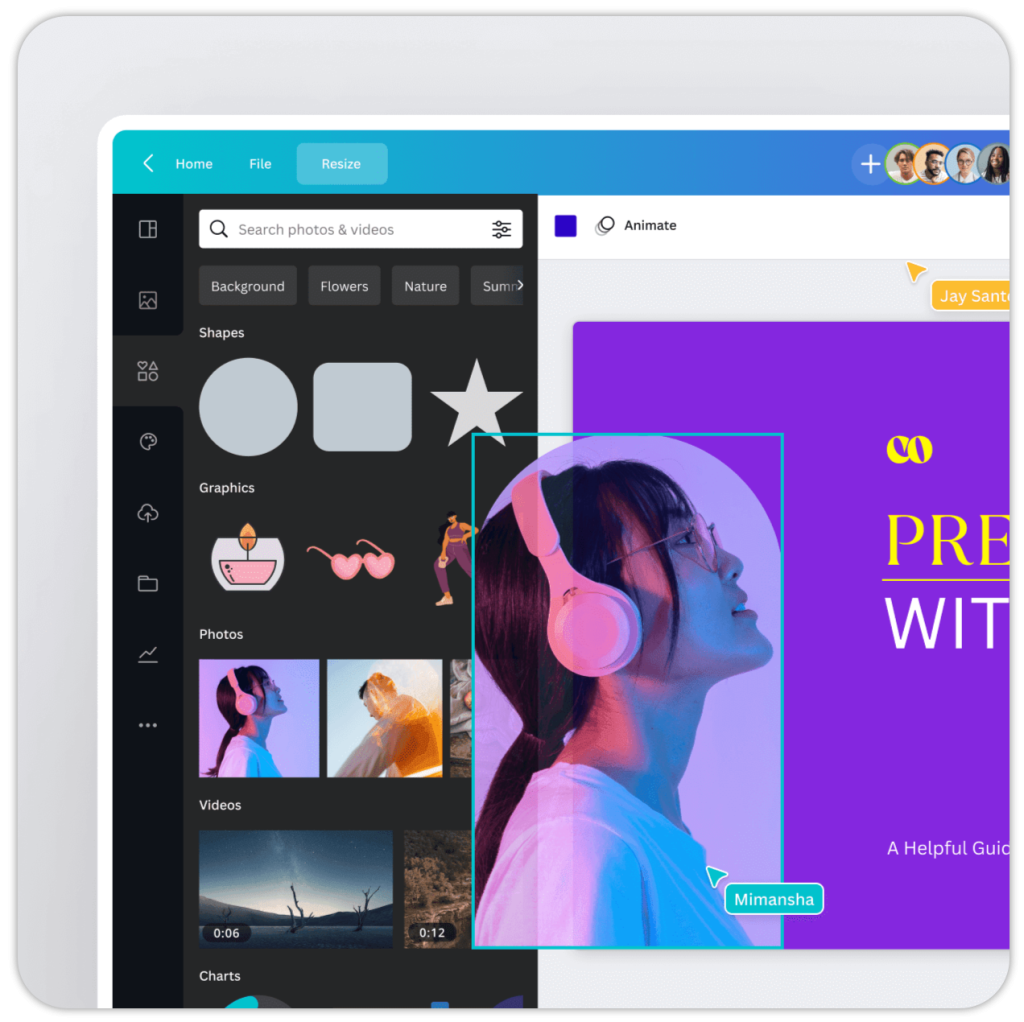
If you’re brand new, consider reaching out to a marketing specialist for guidance. They’ll not only cover your must-have tools, but they’ll also be able to shed light on additional resources you may not have come across without their support.
Once you know what kinds of resources and tools you’ll need, list them out, and be sure to include specific tool names if you know them.
That might include:
Design tools, such as Canva
Photo editing tools like PicsArt
Media assets like vector graphics
Editing tools, i.e., Grammarly
Scheduling tools, such as Planable
Ad tools like Facebook Creator Studio
Print media if any
Research tools, i.e., Statista
Audience data
Buyer personas
For instance, if you’re looking to record a video series on methods college students use to pay for college, then you may need the following:
Professional videography equipment
Video editing software
A video converter app
Instagram video recording and editing tools
TikTok video recording and editing tools
YouTube video recording and editing tools
Finally, a platform that will allow you to schedule your YouTube videos
6. Who’s in Charge of Planning, Launching, and Monitoring
You know who you’re targeting, how you can help them, and the materials you’ll need to bring your campaign vision to life. But, who’s actually going to plan, launch, and monitor your new campaign?
Who are the exact people in charge and which teams will they lead, if any?
For instance, if you’re planning a robust help center revamp campaign, then you might need the following people to help you launch it:
Copywriters
Content writers
Graphic designers
Editors
QA specialists
An operations director
A marketing director
An editorial director
A managing editor
Once you’re clear on the roles you’ll need to fill, meet with your teams to discuss their responsibilities and the project timeline.
Set measures in place to help each team member accomplish their tasks as best as possible. For instance, consider setting deadline reminders, offering leadership support, and facilitating check-ins along the way.
7. Plan Next Steps After the Final Campaign Stage
Rarely do marketers put so much thought and work into a campaign only to wave goodbye to it as soon as it “ends”.
Marketers that thrive always have a follow-up plan in place to help them make the most of the fruit their campaigns produce.
During the planning phase, they’ll ask important questions, such as:
“Could this feed into other campaigns as part of a bigger series?”
“Should we reuse this campaign seasonally?”
“Can we revamp this into an evergreen campaign?”
“What’s our plan for repurposing content from this initiative in future campaigns?”
“What kind of follow-up meetings should we host with marketing staff and stakeholders?”
“How can this campaign play a role in our company’s overall vision for the future?”
“Can we break up this campaign into mini-versions?”
“Can we segment this campaign to target individual audience groups?”
Pro-Tip: After the final campaign stage, consider performing a win-loss analysis to uncover the “why” behind the deals you lost and the ones you won. Review these insights with your campaign team and brainstorm ways to apply them in future marketing initiatives.
Wrap Up
Today we covered seven crucial things you need to know before launching your own marketing campaign.
While success is never guaranteed, by understanding your audience and your end goal, you can choose channels, methods, and content assets that work together to create a memorable campaign.
From there, you can track your efforts and note what worked and what didn’t, and use these insights to create better campaigns going forward.
And that’s it! Here’s to your success!
Author Bio:
Catalina Grigoriev is an incurable optimist with a bubbly personality. Secret mission: cat lover disguised as a dog person. Ex law student who switched into the digital marketing lane. Currently delving into the depths of SEO and content marketing at Planable.







